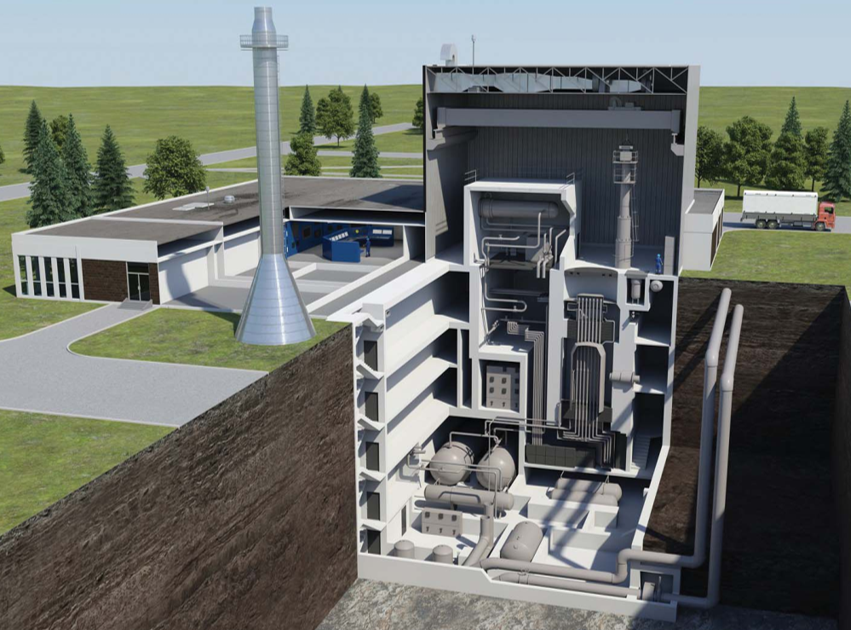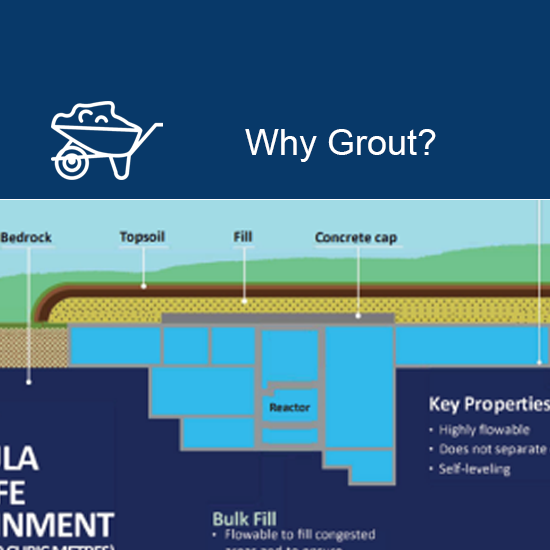What’s Left Behind / In Situ Disposal
A Part of History
The WR-1 reactor at Whiteshell played a key role in the nuclear history of Canada. It was built by General Electric and first achieved criticality in 1965, serving for twenty years as a research reactor, which among other missions became a testing site for the CANDU fleet. It was safely shut down in 1985, and since then, has been maintained in a state of “storage with surveillance”. CNL is proposing to decommission and leave the reactor in place at the Whiteshell site. All fuel and accessible liquids have been removed, and what remains are the structural components of the reactor, such as the vessel and piping. CNL’s proposed approach – in situ decommissioning – will provide a safe, secure and effective disposal solution for the existing contaminated below-grade building. This approach minimizes the risks to the health, safety and security of the public, workers and the environment. It avoids the necessity of transporting contaminated components and finding another location and facility for disposal. Note that this was not identified in the CSR and as such, the proposal is going through an Environmental Assessment.
The CSR identified two other areas for in situ disposal, the trenches and the inactive landfill. Options are being evaluated for the safe long-term management of the waste found in the trenches. The closure of the landfill will follow the guidance provided in Waste Management Facilities Regulation of the Manitoba Environment Act.


